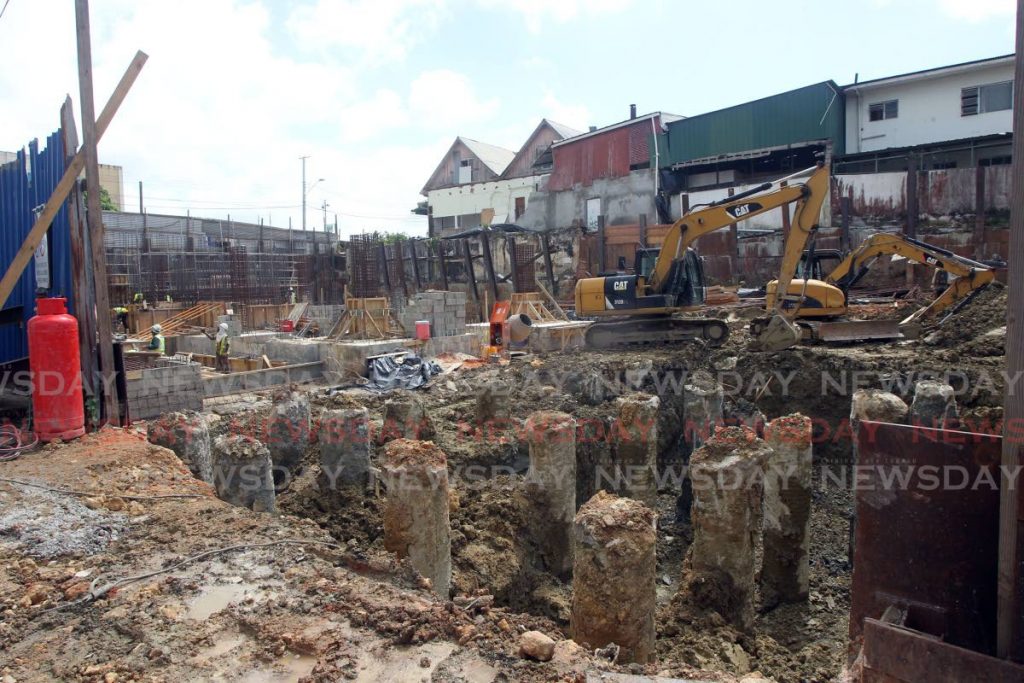What steel price increases means for construction sector

THE GLOBAL sky-rocketing of steel prices has the potential not only to set back what little activity there is in the construction sector, but also to disrupt public and private spending patterns in years to come.
While it is possible the price hike will be short-lived, it is already enough of a threat to employment, a hindrance to revitalising economic activity, and a major disruption of much-needed infrastructure upgrades.
TT Contractors Association (TTCA) president Glenn Mahabirsingh has called for a review of how price fluctuations are handled in contractual arrangements.
This is a variation on a longstanding debate on how contracts should cater to contingencies beyond the control of commercial parties. The devil has always been in the detail. For companies, the difference between profit and loss hinges on margins easily eroded by ungovernable variables.
But before we get to the stage of a contract, we need to have something to build. This is the fundamental issue faced by the State long before this price hike arose. Ballooning deficits, difficulties making projections and the evaporation of revenue streams have reduced the State’s ability to engage in public sector investment programme items.
The issue is not only how many projects the State can now afford to embark on, but what type of spending should a government prioritise. Should we focus on infrastructure projects that can boost job levels? Should the bulk of spending go to health and security? How much should be spent on dealing with outstanding public-sector wage issues?
Should attention be paid to fast-tracking research and development, the deployment of new technology, the boosting of local commodity production, including agricultural products? Should money be set aside to replenish reserves? How much?
A crippling price hike in the construction sector only serves as further incentive to discount large-scale projects that may have previously been part of the annual fiscal package.
Therefore, the overall impact will be felt from all directions: from the companies working on the ground struggling to fulfil pending and future contracts, as well as the likely client – the State – in a system in which government remains the most significant driver of spending. However, more than just the construction sector is affected (global manufacturing will undoubtedly be touched). And there are profound questions looming on how we should build society, literally, going forward.
The almost prohibitive pricing of steel is just part of a tightening of a range of commodities. Another commodity recently discussed in this space was feed for agriculture production.
These issues of pricing and supply point to a global reckoning with scarcity, aggravated by looming geopolitical shifts. All of it raises important questions about sustainability and self-sufficiency in terms of finding alternative ways to do things.
The pandemic has already triggered a global discussion about the future role of urban spaces, architecture and building practices. Problems with steel might reflect more than just ongoing global market dynamics. They could mark a new moment entirely.

Comments
"What steel price increases means for construction sector"